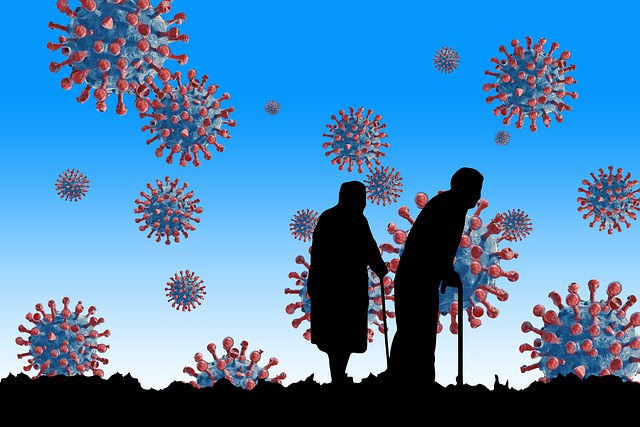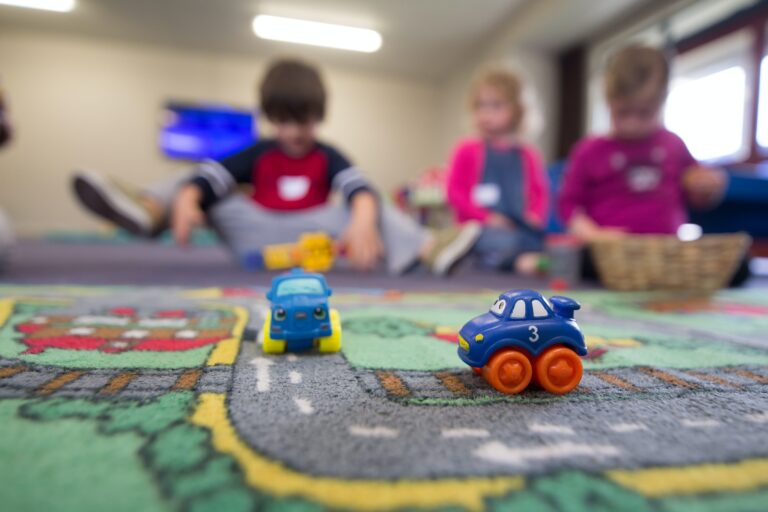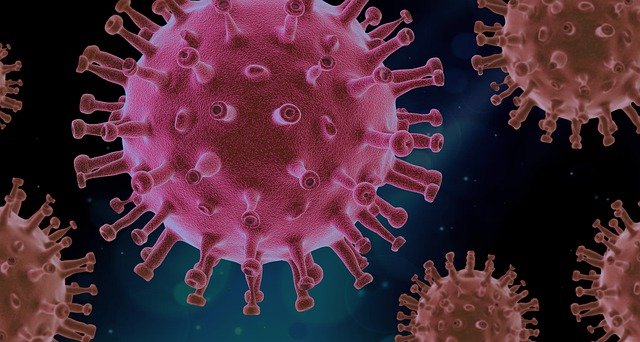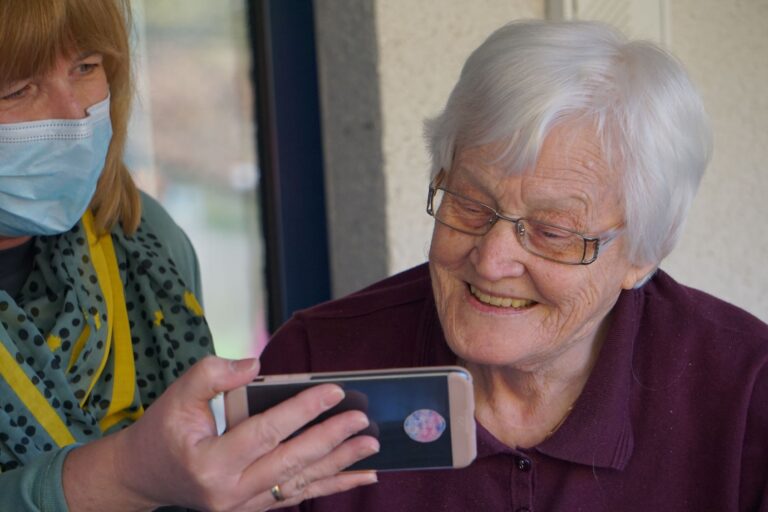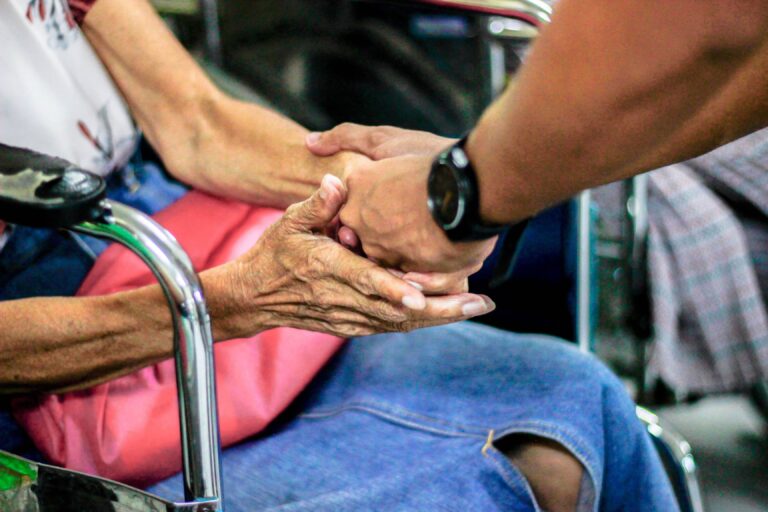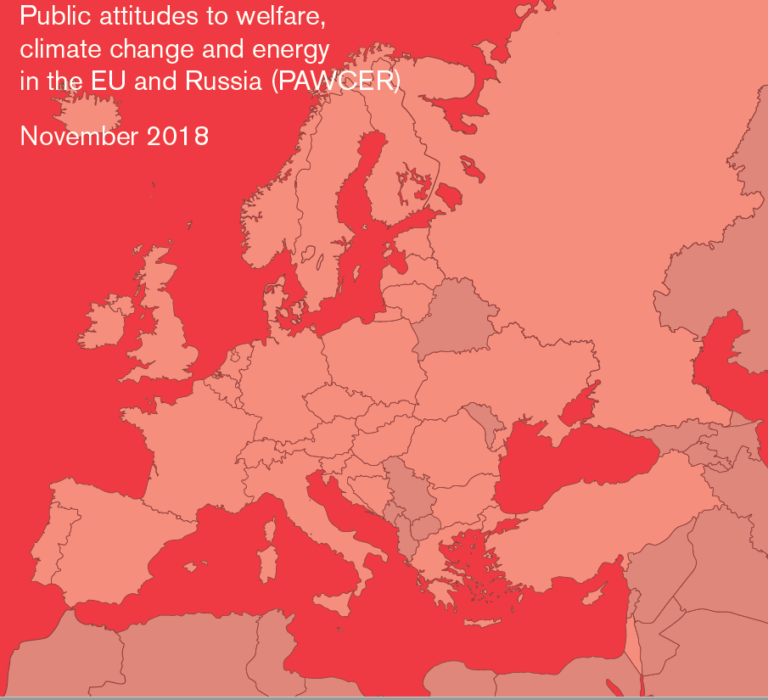UNNECESSARY VICTIMS: Older persons in the covid-19 pandemic
Alexandre Sidorenko & Alexey Golubev
This entire pandemic was invented to mow down the elderly.
Irina Denisova, writer, Russia
“Boomer Remover” [is] a mean nickname for the novel coronavirus COVID-19… The term … references the higher mortality rate among older people infected with COVID-19—particularly among people over 60, including the Boomer Baby age cohort approximately between the ages of 56 and 74.
The above quotes are just two typical manifestations of the situation and feelings of older persons during the ongoing COVID-19 pandemic. These quotes are also reflective of the thriving ageism which has just found a new content in marginalising older people and excluding them from society.
At first glance, there is a solid ground for singling out older people during the current pandemic as a special group: the mortality related to COVID-19 is increasing with the age and for those 80 and above years old it is five times the global average based on WHO data. About 95 per cent of those who have died from COVID-19 in Europe were over 60 years, and more than half of them were over 80 years. This tragic statistics has prompted governments to focus their anti-epidemic measures on older persons by often demanding their self-isolation for the period beyond the terms set for younger population.
We have analysed data on COVID-19-related mortality in Spain, Italy, and Sweden and found the following*: in the range of ages from 30 to 90 years, the dependency of the logarithm of mortality upon age is linear in all three countries. Moreover, the regression lines are strictly parallel to those related to the total mortality in these countries, which is in accordance with the Gompertz law. In all analysed cases, and irrespective of the stage of epidemic, the doubling time of mortality in this age range is close to 7.5 years. Our calculations based on limited data reported from Japan and Iran have also revealed that the rates for SARS-Cov2 infection diagnosed on the basis of the symptomatic manifestations of the disease and on serological tests are dependent on age significantly less. Meanwhile, the self-isolation measures reportedly aimed at limiting the spread of the infection, which are quite justified in principle, in their most severe forms are imposed precisely upon the population of 65+ years old.
The above analysis combined with the review of literature sources leads to the following conclusions:
– Older persons are the main victims of the COVID-19 pandemic, but they are not the main agents of spreading the SARS-Cov2 virus.
– Nevertheless, older persons are often treated as the principal target of measures aimed at controlling the spread of SARS-Cov2 infection, which is not justifiable, especially as forced isolation of older persons is more dangerous for their health and even life compared with younger people, moreover, it compromises health-maintaining practices available for older people, and thus is discriminatory and unacceptable.
One more conclusion is based on the international policy frameworks on ageing, such as the Madrid International Plan of Action on Ageing: older persons should be seen as contributors “to the reestablishment and reconstruction of communities and the rebuilding of the social fabric following emergencies”. We believe this conclusion is of particular relevance as the humanity is gradually moving to the recovery.
* This blog entry is based on recent research published by the authors:
G. Golubev, A. V. Sidorenko (2020) Theory and practice of aging upon COVID-19 pandemic. Uspekhi Gerontologii [Advances in Gerontology]. 2020. Vol. 33(2): 397–408. (In Russ. with Engl. summary)

